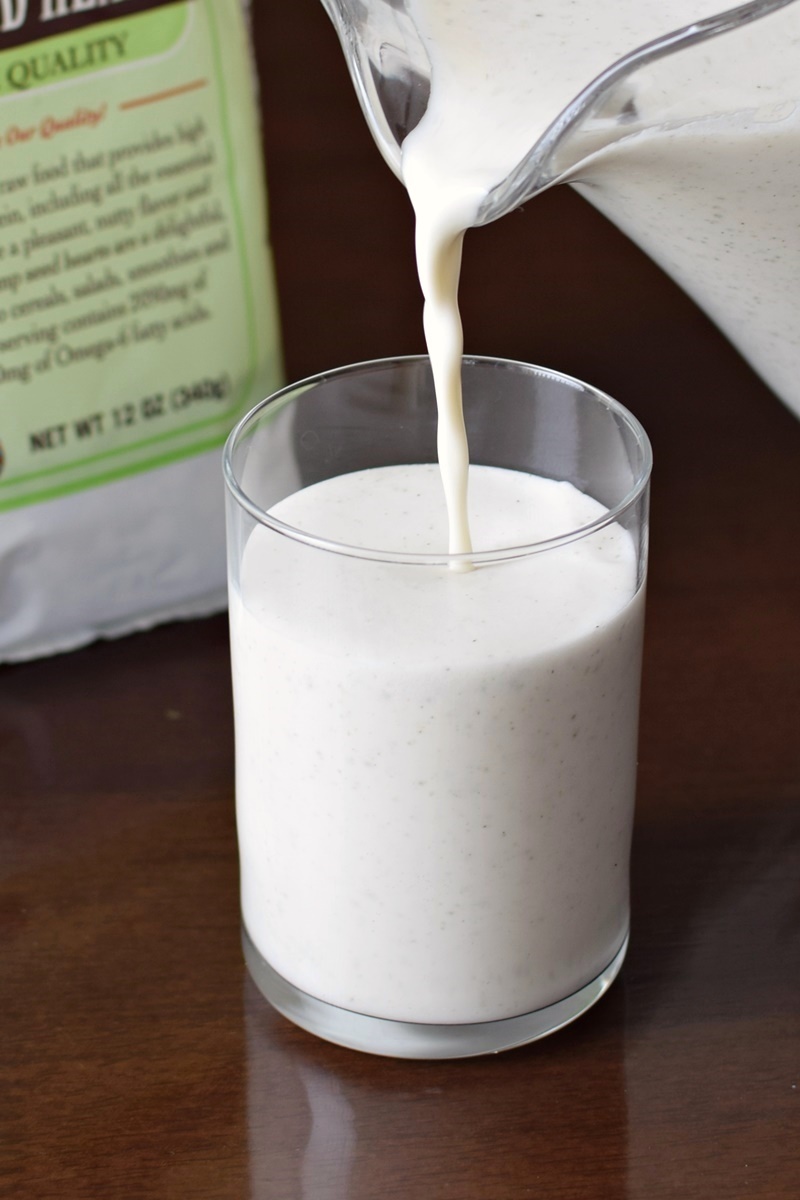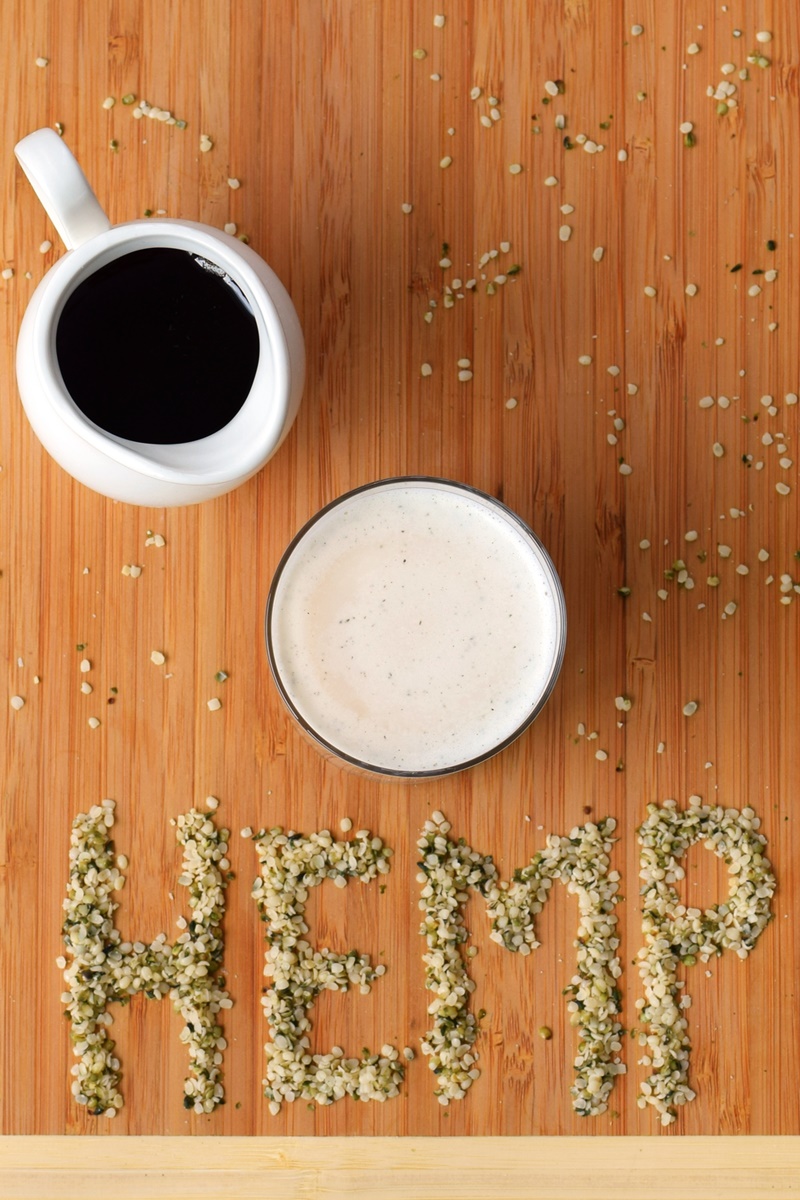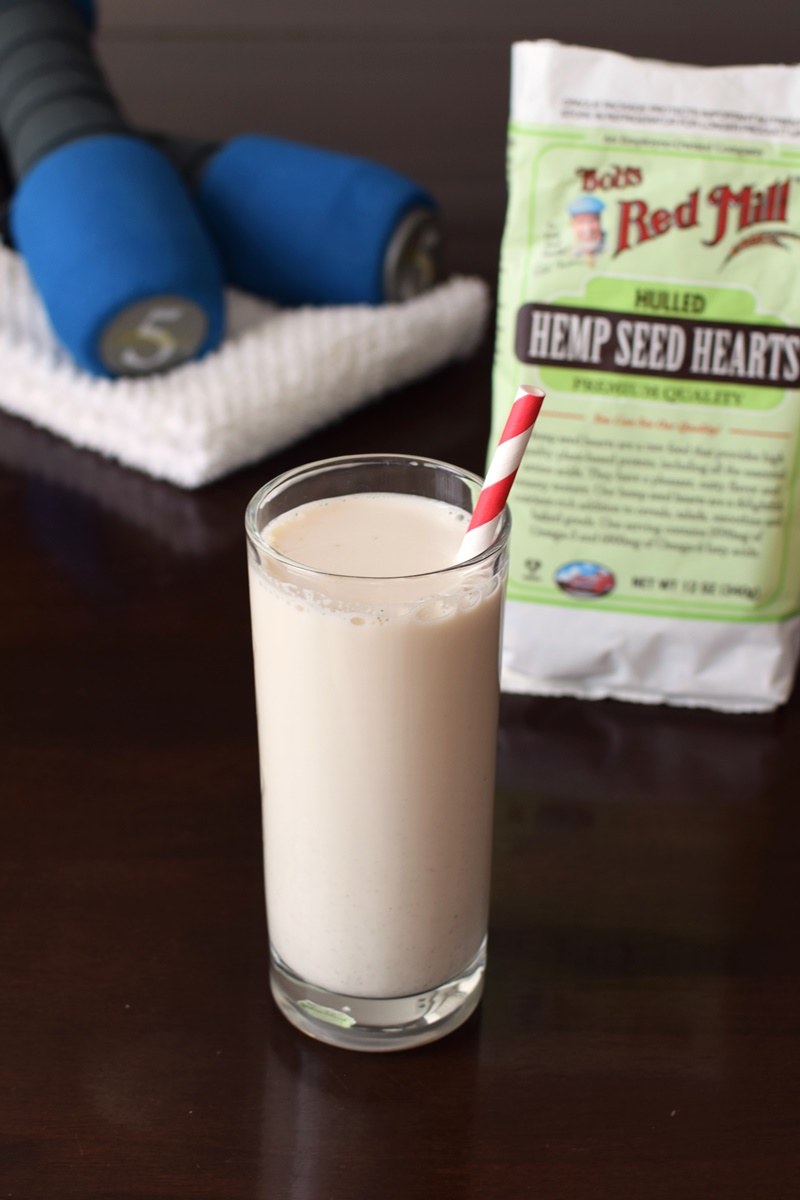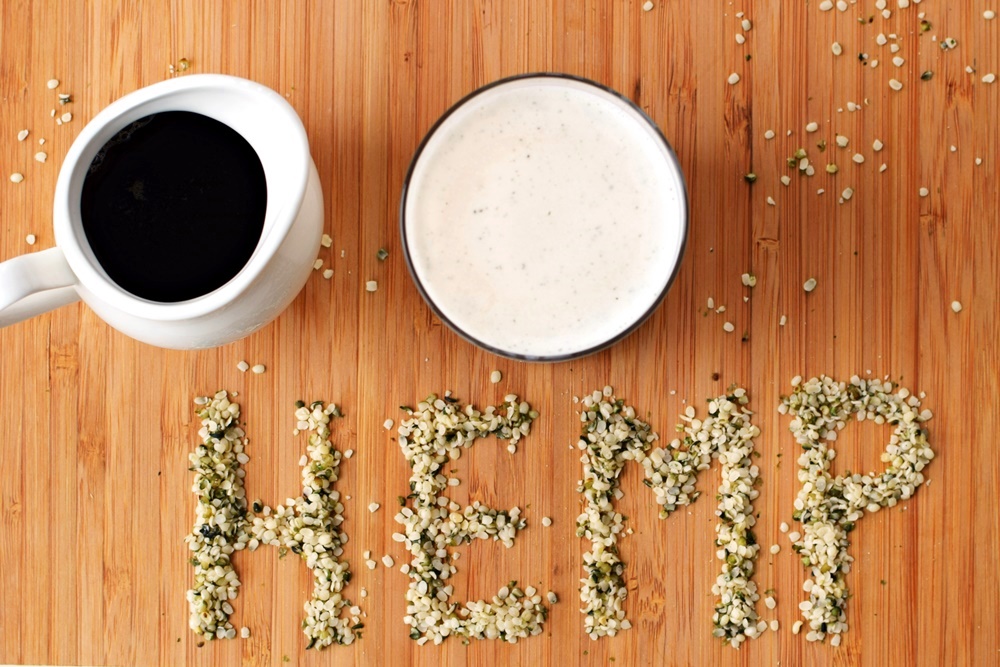Source: torontoist.com
An early resident of the Town of York saw prestige and prosperity slip through his grasp.

William Bond’s report on hemp. Royal Society of Arts, Transactions of the Society Instituted at London for the Encouragement of Arts, Manufactures, and Commerce, 24(1807): 143-58.
William Bond was a Queen’s Ranger, one of the early residents of the Town of York, and among the first settlers granted lands along Yonge Street. Bond Lake in today’s Richmond Hill was on that property. Bond also owned York’s first tree nursery, located at Ontario and Duchess (now Richmond) Streets, and, among other minor roles, he served as York’s Town Clerk in 1803. Three years later, he would travel to England on behalf of a newly established organization at York, win accolades from the top echelons of England’s scientific community, and meet with influential gentlemen and powerful imperial officials that few residents of York—or colonials anywhere across the British Empire—would ever dream of meeting. After having spent more time and money in England than he had planned, Bond returned to York in 1809, only to find any rewards from his work in London become lost in a cloud of scandal, not of his making, leaving him ultimately disillusioned and utterly disappointed.

A September 1801 advertisement announcing William Bond’s unique attempt to sell his property in York. A second ad in August 1804 announcing he was auctioning off this property suggests that he had found no buyer in 1801. Upper Canada Gazette, September 5, 1801 (Left).
What took Bond to England in 1806 was the matter of hemp cultivation and the promise of a lucrative position administering Upper Canadian plans to grow this crop. By that time, the provincial government, centred at York, was five years into a program supported by imperial officials in London that aimed to encourage farmers to grow as much of the crop as possible.
At the turn of the nineteenth century, Britain entered its seventh year of war with France, meaning a continued need for hemp for the Royal Navy to make cordage to rig its fleets. For centuries, Britain had depended on supplies of hemp and timber imported from Russia via ports on the Baltic Sea, and, by the mid-1700s, experts in England warned of the security threat posed by this dependence. In 1800, such fears were realized. Russia, an ally of France, persuaded Sweden to block British trade at Baltic ports, effective December 16, 1800. Although this lasted only a few months, Britain was caught fighting a war without access to the material required to construct and repair its navy. As a response to this crisis, it turned to its North American colonies and issued emergency instructions that administrators there should encourage farmers to grow hemp, with the aim of producing a secure source of this naval supply critical for defence of empire. In their haste to enlist Upper Canada’s help, British officials gave little thought to how the young frontier province could produce large quantities of quality hemp at a price competitive to Russian supplies in a short period of time. Nevertheless, hemp presented the promise of a significant financial windfall to farmers, merchants, and colonial administrators in a struggling colony like Upper Canada.
At York, Upper Canadian legislators had approved, by summer 1801, a plan for distributing hempseed at government cost and arranging shipment of processed hemp to England. It was overly ambitious and produced minimal results. At the same time, the Royal Society of Arts (RSA) in London offered a competition for Upper Canadian farmers to grow the greatest amount of hemp, and send samples to London to be judged for quality, along with a report of how the crop had been grown. The RSA was an organization of elite gentlemen that focused, in part, on finding ways for Britain’s colonial possessions to contribute to the strength of empire, but its hemp competition only highlighted its members’ lack of knowledge of the frontier conditions under which the Upper Canadian farmer struggled daily. Yet, no one was ready to walk away from Upper Canada as a potential source of hemp, for in 1803 war between Britain and France was renewed, and it would draw much of Europe into a conflict lasting 12 years. Thus, in 1804, the Upper Canadian government tried to improve its plan and, in England, the Lords of Trade, a committee of the Privy Council serving to advise on economic growth of the British Empire, directed Charles Taylor, Secretary of the RSA, to write a detailed guide as to how colonists should grow and cultivate hemp. At York, John Bennett, the Upper Canadian government printer, published these instructions as a special supplement to the January 25, 1806, edition of the Upper Canada Gazette.
By this time, Justice Robert Thorpe had arrived at York. His short time in Upper Canada stands as one of the significant scandals of early York politics and society. He had arrived to assume his new appointment as one of two top judges in Upper Canada, second only in status to the Chief Justice of the province. Soon, he began to write a steady stream of letters to officials in London expressing his disgust at the poor state of the provincial economy and the self-interested colonial administrators. To a great degree he was correct. His decision to become a spokesman for colonists’ grievances, and his methods of improving the situation won him supporters, but it also made powerful enemies. In July 1807, Lieutenant-Governor Francis Gore had enough, and suspended Thorpe from office. He left the province later that year for England to appeal his suspension and, by 1810, Gore would have to request leave from his duties in Upper Canada to go to England to defend Thorpe’s suspension and his own reputation.

Portrait of the Honorable Robert Thorpe (about 1764-1836), Anonymous, 1800-1850, McCord Museum (Right).
William Bond would also make a trip to England because of Thorpe’s actions. A few months after Thorpe’s arrival to York in 1805, he used his status as a top justice to insert himself into a position of control over the ongoing hemp initiatives. At a February 22, 1806, meeting attended by many of York’s elites, the Upper Canada Agricultural and Commercial Society (UCACS) was established to “impress an early attention to Hemp” throughout Upper Canada in order to secure the lucrative rewards of a navy contract. With Thorpe as its chairman, the UCACS aimed to be a central board at York, which would sponsor branch societies across the province. Five hundred copies of this first meeting’s proceedings were to be printed for distribution throughout the province, and members were requested to exert their influence by engaging “their neighbours and acquaintance among the Farmers, to cultivate annually a portion of Ground (however small) with Hemp.” The society would accomplish nothing of value. Soon, many of those who had attended the February meeting wanted no association with Thorpe, and the UCACS would be in shambles by the time of the suspended judge’s departure from Upper Canada in late 1807, mostly because Thorpe, as chairman, had misappropriated its funds.

Cover of the pamphlet printed for the Upper Canada Agricultural and Commercial Society by the editor of the Upper Canada Gazette, John Bennett, February 1806. Library and Archives Canada, MG11-CO42 Great Britain: Colonial Office: Canada, formerly British North America, original correspondence, vol. 342, enclosed in “Robert Thorpe to Lord Castlereagh,” York, May 2, 1806 (Left).
Among the early members of the UCACS was William Bond, and the silver-tongued Thorpe assured him that he could secure Bond the new position of Inspector of Hemp for Upper Canada. At Thorpe’s behest, and as a representative of the UCACS, Bond departed York for England on June 3, 1806. He was to gather seed, information, and equipment for cultivating hemp. As he sailed for England, he had no idea he would not see York again for two and a half years.
Bond’s first sign of trouble occurred immediately upon his arrival to England. Thorpe had not sent the letters of introduction for Bond to gentlemen in England, as he had promised. Temporarily mortified, Bond fell back upon his own skills and intellect, and undertook a journey throughout the English countryside to gather information on hemp cultivation and manufacture, and to collect samples of the best hempseed available.
Then, in November 1806, Bond secured an invitation to the RSA offices in London to present before its members his report “on the Culture of Hemp, the Breeding of Rabbits, Guanaco, &c.” He also demonstrated a model of a machine for processing hemp that he had invented. For his efforts, the RSA awarded Bond a silver medal, and ordered that his report, as well as diagrams of his machine, be printed for circulation in Upper and Lower Canada. Despite these accolades, Bond found himself running low on funds by spring 1807.

William Bond’s illustration of his machine for processing hemp fibres. Royal Society of Arts, Transactions of the Society Instituted at London for the Encouragement of Arts, Manufactures, and Commerce, 24(1807): 143-58.
About that time, he met with a former resident of York and member of the UCACS, Charles Wyatt. An associate of Thorpe, Wyatt had recently arrived in London, because Lieutenant-Governor Gore had dismissed him as Surveyor General of Upper Canada in January. Wyatt sailed straight to London to seek support for action against Gore. During this meeting, Bond learned of Thorpe’s actions and what was transpiring in York. Wyatt likely informed him that neither Thorpe nor the UCACS could provide him any more assistance.
Indeed, this was true. Back at York, most members had abandoned the UCACS. Just before Thorpe’s departure from Upper Canada, “A Member” inserted a notice into the September 26, 1807, issue of the Upper Canada Gazette wondering what had happened to the society’s funds. The newspaper’s new editor, John Cameron, added his own notice, pointing out that his predecessor, Bennett, had yet to be paid for the printing of the pamphlet that Thorpe had so proudly wanted distributed and that he had sent to his superiors in England. Remaining members met during the last week of 1807 to investigate the question of missing funds, and two final meetings in January and February 1808 ultimately dissolved the UCACS, because members had “neglected to comply with one of the leading & principal resolutions.” In other words, they had not actively promoted hemp cultivation in Upper Canada.
Again, William Bond had to fend for himself. Throughout 1807, he sought an audience with Foreign Secretary George Canning, Britain’s key diplomat in the Napoleonic Wars, to present his plan for hemp cultivation in Upper Canada. Connections he made while in London also secured Bond an audience with Sir Joseph Banks. As President of the Royal Society (a society more prestigious than the RSA), Banks was at the very centre of directing scientific discoveries in newly explored territories and introducing new agricultural commodities to be grown in Britain’s colonies around the globe. Banks, after all, had accompanied Captain James Cook on his 1768-1771 voyage to Botany Bay on the Australian continent, and Banks was transforming the Royal Botanic Gardens, Kew,c into an extensive collection of botanical specimens from around the world. Unquestionably, this was an exceptional opportunity for Bond, for he had gained an audience with a highly influential figure of the British Empire. For his part, Banks thought that Bond’s hemp plans were “a most hopeful project.” But his supportive words did little to move Canning to provide Bond the assistance he sought.
Next, and with increasing desperation, Bond turned to the Colonial Secretary Lord Castlereagh, seeking only funds for a passage home. No support was offered by this office either. However, in September 1807, Bond was invited to meet with the Lords of Trade, who were impressed by his plans, as well as the praise he had received from the RSA. The Lords recommended that Castlereagh offer Bond 1,200 acres in Upper Canada, half of which should be cleared land, so that Bond could begin cultivating and processing hemp as a model for Upper Canadian farmers to follow.
Bond waited and waited for Castlereagh to provide him with the commission. Then, in 1808, Thorpe reentered his life. When Thorpe arrived in London to seek redress for his suspension from office, he had contacted Wyatt, who told him that Bond had not yet returned to the province. Thorpe met with Bond to convince him to continue the political agitation he had begun in Upper Canada. Bond recoiled at the suggestion, and broke off all contact with both men.
Finally, eight months after his meeting with the Lords of Trade, and more than a year since he had found himself in financial difficulties, Bond received instructions from Lord Castlereagh that he was to deliver personally to Lieutenant-Governor Gore upon his return to York. Bond departed London in August 1808 and by January 1809 he was finally able to present Castlereagh’s documents to Gore at York. Expecting to realize the promised grant of 1,200 acres of free farmland, that spring, Bond advertised in the Upper Canada Gazette his interest in purchasing both the hempseed and hemp seedlings that would start his farm.

William Bond’s advertisement for hempseed and hemp seedlings, Upper Canada Gazette, April 19, 1809 (Right).
But Gore distrusted Bond. His work in England had been on behalf of Thorpe and his disreputable UCACS, and it did not matter that Bond had been little different than many of York’s elite who, back in February 1806, had enthusiastically become executives of Thorpe’s organization. Bond tried to distance himself from Thorpe and Wyatt by relating details of his conversations that he had with each of them in London to officials at York, but to no avail.
Gore set Castlereagh’s instructions aside, and did not even inquire about potential parcels of land for Bond until October. In April 1810, the Lieutenant-Governor complained to his superiors in London that there was no such amount of land available in Upper Canada—particularly 600 acres of cleared land—without paying substantial amounts of money, and he had declined to do so. Instead, he had offered Bond “some waste lands of the Crown,” which he was told were “well calculated for the growth of Hemp,” and he requested authorization to give Bond £200 from the provincial treasury. It’s unclear if Bond ever saw this money, but Bond had learned of his land grant in February, and in May he went to see his property, located in yet-to-be surveyed territory far west of the capital along the upper reaches of the Thames River. When he arrived there, he found the land to be nothing more than a few detached flood plains along the river, with soil completely unacceptable for creating a farm meant to be a model of hemp cultivation. Throughout 1810, Bond protested the hollowness of his grant to officials in York and in London, but he received no response. Afterwards, Bond then seems to vanish from the public record.
What a strange four years it had been. In London, Bond’s plans of large-scale hemp cultivation had received glowing support from some of the most influential gentlemen in the British Empire, but those accolades came undone back at York due to the perceived association he had with the scandalous Justice Thorpe. As a result, the fame and fortune that William Bond hoped to achieve slipped through his fingers like a handful of sand taken from his grant of worthless wilderness floodplain.
Sources: Upper Canada Gazette, August 22, 1801; September 5, 1801; August 4, 1804; 25 January 1806, Supplement, 3-5; February 15, 1806; September 26, 1807; December 30, 1807; January 6, 1808; February 12, 1808; April 19, 1809. Royal Society of Arts,Transactions of the Society Instituted at London for the Encouragement of Arts, Manufactures, and Commerce, 19(1801): viii, 59-61; 24(1807): ix-x, 143-58. “Account of Certain Premiums Offered in 1801, Adelphi, London, April 9, 1801,” CIHM 41244; Charles Taylor, Remarks on the Culture and Preparation of Hemp in Canada, [1805] CIHM 53716 and 20892. Library and Archives Canada, MG11-CO42, vol. 347, “Bond to Castlereagh,” London, 7 August 1807; vol. 348, “Bond to Canning,” n.d. [1807]; “Draft, Castlereagh to Gore,” Downing Street, 31 May 1808; vol. 349 “Bond to the Solicitor General,” York, 3 November 1809, enclosed in “Gore to Castlereagh,” No. 43, York, 14 November 1809; vol. 350, “Gore to Liverpool,” York, April 21, 1810; “Bond to John Small,” Delaware, 12 September 1810. For a more complete list of sources, see my: “A Most Favourable Soil and Climate: Hemp Cultivation in Upper Canada, 1800-1813.” Ontario History 96 (Spring 2004): 41-61.








